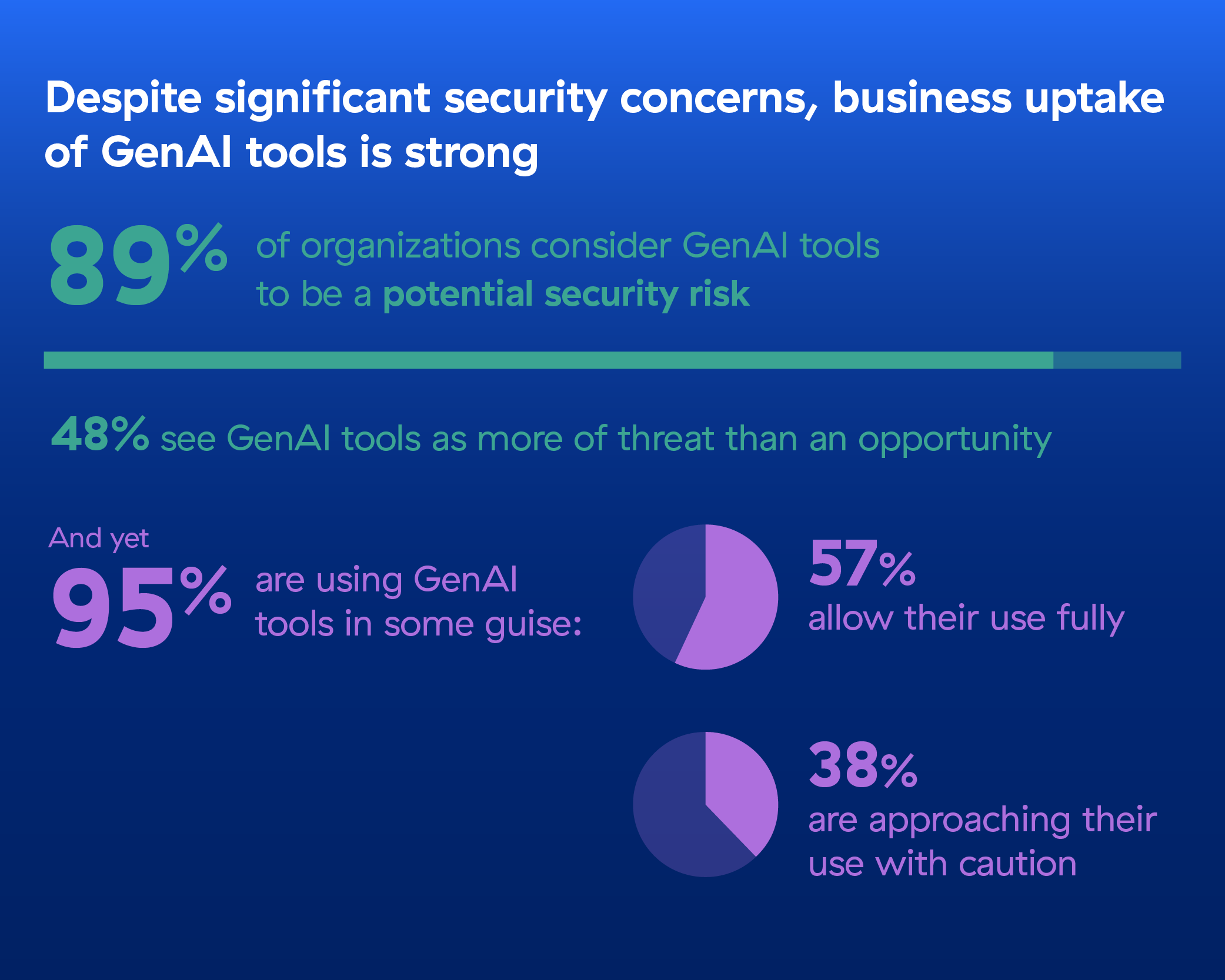Gatwick and Heathrowairports could be expanded under government growth plans – despite strong opposition, including previous objections from Labour’s energy secretary Ed Miliband over a third runway for Heathrow.
On Wednesday, Chancellor Rachel Reeves is expected to set out plans to grow the economy, including support for the expansion of Heathrow Airport, where a third runway to the north-west would enable an additional 712 daily flights.
The Treasury is also looking at whether to approve a second runway at Gatwick.
But the plans face opposition. Local residents and envionment groups have voiced concerns over noise and air pollution, while this week Mr Miliband suggested airport expansion plans incompatible with legally-binded limits on UK emissions “won’t go ahead”.
The expansion of London’s airports have long been a contentious political issue, with the idea of building a third runway at Heathrow debated for nearly 20 years.
So how could increased air capacity impact the UK, as well as those living nearby?
Costs and benefits
Gatwick Airport already has a second runway only used when the main runway is out of use. Bosses want operate the two runways at the same time, effectively adding a second runway to the airport.
The plans would cost £2.2 billion in private investment, according to Gatwick Airport’s own estimates.
The airport claims opening the second runway would inject £1 billion into the economy each year, and create 14,000 new jobs.
At Heathrow Airport, a 2016 report claimed the opening of a third runway would deliver around £1bn a year in benefits to passengers and the economy over 60 years. The airport claims the expansion would also “create tens of thousands of jobs”.
This is likely why the Chancellor is hinting at a green-light for the airport expansions, in line with the government’s focus on intense growth.
Yet fresh research from left-leaning think tank the New Economic Forum (NEF) found that the majority of growth in air capacity since 2006 was down to leisure travel, not business.
Taking money out of the UK
NEF economist Dr Alex Chapman told the Independent he questioned various estimates of economic benefits from the expansion plans.
“The government needs to explain how creating millions of flights carrying UK residents – mostly frequent flyers – abroad on holiday is going to help our economic security,” said Dr Chapman.
“Encouraging households to spend their money overseas takes precious cash out of high streets and the domestic tourism economy in the UK’s wider regions, you might call it ‘anti-levelling-up’.”
Despite this, around £19 billion (71 per cent) of the benefits outlined in the Gatwick expansion will be enjoyed by business passengers, according to a separate NEF paper in 2024.
But since 2006, 76 per cent of all new holiday travel was made up of Brits going abroad – three times more than tourists visiting the UK (24 per cent).
“For every inbound tourist generated, three outbound [UK] tourists are created. Continued incentivisation of outbound air travel is taking household spending away from more productive, foundational sectors of the economy,” wrote Dr Chapman.
More passengers, more flights
In 2024, around 83.9 million passengers travelled through Heathrow, breaking previous records.
Meanwhile, Gatwick saw 40.9 million passengers in 2023, still down by 13 percent from its pre-Covid traffic levels.
The proposed expansions would ultimately add 30 million passengers per year at Gatwick, under previous forecasts, and around 60 million at Heathrow, according to a representative.
If these forecasts are still correct, then the combined plans would facilitate travel for around 93 million extra passengers coming to and leaving the UK.
London airports have more flights and passengers than any other city in the world.
Heathrow Aiport said that new plans will create capacity for an additional 260,000 flights per year. Opening up capacity on the second Gatwick runway would add 101,000 flights each year.
This brings a total of 361,000 new flights each year; an increase of approximately 18 per cent to the UK’s existing capacity.
In 2024, some 2 million flights occurred in the UK, according to EUROCONTROL data. Around a quarter of these took place at Heathrow, according to its own data.
Waht is the environmental impact
In 2022, the government estimated that civil aviation alone made up around 7 per cent of all emissions in the UK.
Dr Chapman’s paper, published in December 2024, shows that emissions will exceed 60 million tonnes of CO2 in just five years if expansions are approved at London airports including Luton and London City Airport.
The highest contributor to this pollution would be the Heathrow expansion, which would account for around three quarters of the forecasted emissions, followed by Gatwick.
If the Heathrow expansion is not approved, expansions at other London airports would still exceed 60 million tonnes of CO2 by 2030, according to the study.
These expansions alone would “wipe out” the emissions saved by the government’s clean power plan (CPP), suggests Dr Chapman.
Regarding sustainability concerns, a representative for Gatwick Airport said: “Gatwick is investing £250 million to be net zero for Scope 1 and 2 emissions by 2030 and supporting wider industry action to cut CO2 emissions from aviation.”
“The extensive environmental assessments and mitigations for the plans are detailed on the planning inspectorate website and agreed with local authorities in a binding agreement. The airport will remain well within air quality standards and limits.”
How noisy will the airports be?
Homes in the 30-mile radius around Gatwick Airport are already affected by noise from its operations, according to the campaign group Communities Against Gatwick Noise Emissions (CAGNE).
Under the proposed expansion, some 4,400 homes could be impacted by aeroplane noise.
Gatwick Airport has said it would be unaffordable to purchase up to 4,400 homes, and instead has proposed funding up to £26,000 of glazing and noise insulation per home.
The current noise preferential routes, where residents are most likely to be affected by flights overhead, are below. These do not include expansion plans.
The affected areas include areas of cultural significance including Ashdown Forest, Hever Castle, Chiddingston Castle, and wildlife project Knepp Estate.
The noise levels on existing routes will increase as another runway opens up, while homes in part of Charlwood will be exposed to new Northern flight routes, according to CAGNE.
“If Gatwick receives a new runway it will be misery and an environmental disaster for so many communities that are valued on their tranquility and natural beauty,” said Sally Pavey, chair of CAGNE.
Meanwhile, a new runway at Heathrow would mean that residents in the village of Harmondsworth would face compulsory purchase orders (CPOs), being forced to sell their homes. Residents in other areas may also be affected.
Around 1,000 homes could be subject to compulsory purchase orders, according to the shadow transport secretary Gareth Bacon, while Hillingdon Council representatives warned that 3,750 more may be affected.
The current noise preferential routes, where residents are most likely to be affected by flights overhead, are below. These do not include expansion plans.
Heathrow’s own assessment found that over 500,000 people would be newly affected by aircraft noise from the proposed expansion alone, leading to over 1 million affected overall.
On the higher end, government analysis suggests that 2 million people would be exposed to significant noise increases from the runway expansion.
Even without the expansions, noise from Heathrow alone already impacts more people than any other airport in Europe, according to the Civil Aviation Authority.
In a statement issued to Sky News, Heathrow said it was “looking at potential options to deliver a third runway at Heathrow in line with strict tests on carbon, noise and air quality”.
The decision on Gatwick Airport’s runway expansion has a deadline of 27 February this year, while Heathrow boss Thomas Woldbye says he wants a final decision from the government by the end of 2025.
The government is soon to publish the UK’s seventh carbon budget, which will include the legal limit on the total amount of greenhouse gas emissions the country can emit from 2038 to 2042 if it is to meet net zero by mid-Century.
Source: independent.co.uk



